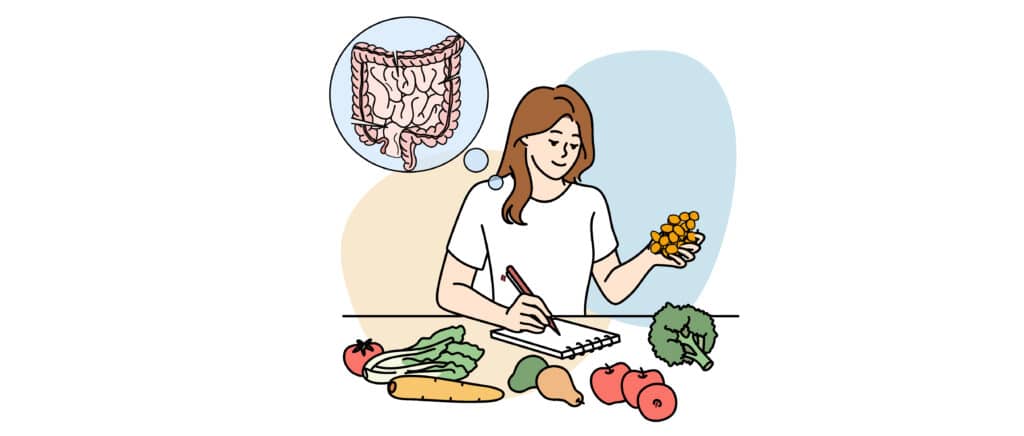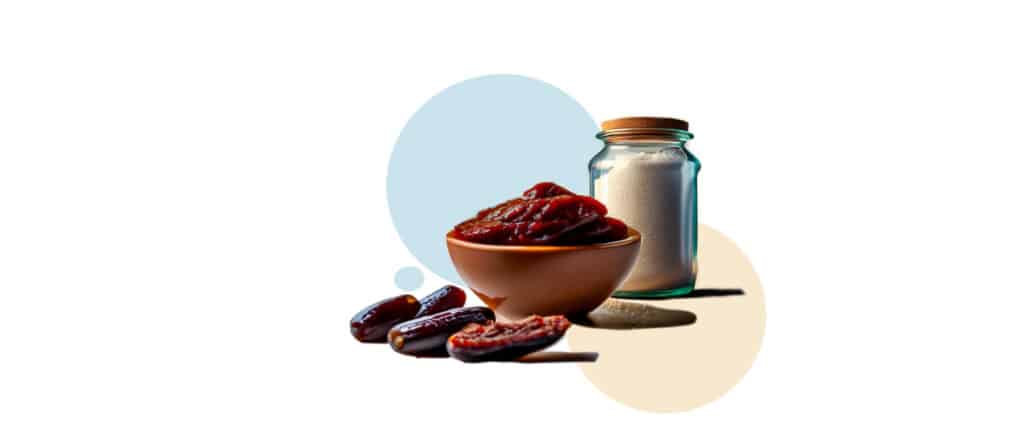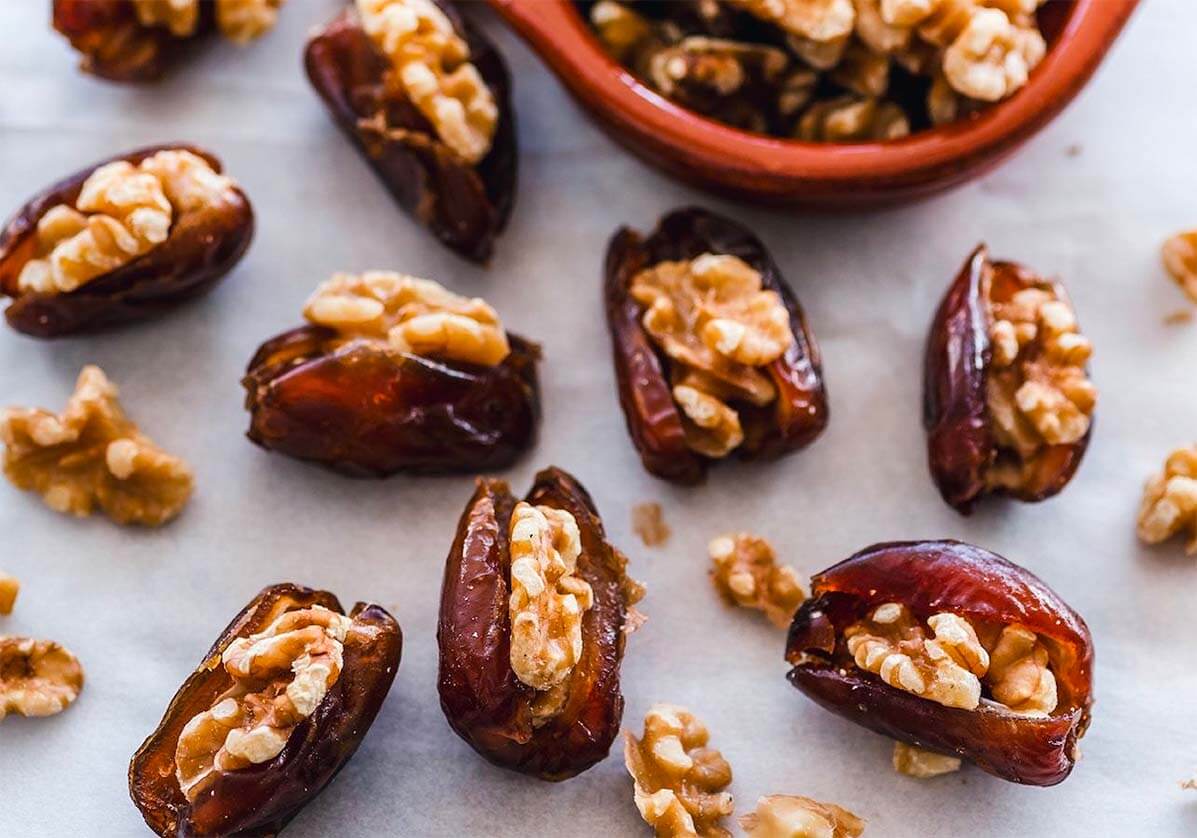Dates in Gluten-Free Diet
- Dates in Diet
- January 18, 2022
- 7 minutes read
DIET DESCRIPTION:
WHAT IS A GLUTEN-FREE DIET?
We all heard about the gluten-free diet that gained popularity among celebrities and pro athletes talking about its benefits. An example is Dates in Gluten-Free Diet, but what you should know is that this diet is not for everyone.
A gluten-free diet means excluding all sources of gluten which is a protein found in some foods such as wheat grains, barley, and rye. Gluten is mainly found in bread, pasta, cereals, flour, cakes, and biscuits. So, what is allowed? All gluten-free food that don’t contain gluten or are contaminated by gluten, such as fruits, vegetables, meat and eggs, as well as processed gluten-free foods.
DIET PURPOSE:
WHO SHOULD EAT A GLUTEN-FREE DIET?
Many believe that a gluten-free diet is a quick and easy way for weight loss. A gluten-free diet is only for people with celiac disease or people suffering from gluten sensitivity since there are no other pills or treatments available.
- People with celiac disease: Celiac disease is an autoimmune disease and most often hereditary, meaning that it runs in the family. When they eat gluten, the immune system attacks the small intestine, which leads to malabsorption of the nutrients and causes belly pain, nausea, bloating, or diarrhea. People with celiac disease cannot tolerate gluten; therefore, they should follow a gluten-free diet for life.
- People with Gluten sensitivity / Wheat sensitivity: This category of people experiences the same symptoms of celiac disease while testing negative for celiac disease. Their symptoms are resolved once gluten is removed from their diet.
WHAT TO EAT:
Cutting out gluten may sound scary and frustrating but let’s look at the bright side since we have many healthy food options that are naturally gluten-free.
Some of the naturally gluten-free food options are:
- Dairy
- Meat and poultry
- Fish and seafood
- Fruits and vegetables
- Beans, legumes, and nuts
- Gluten-free oats
- Potato
- Quinoa
- Corn
- Soy
- Chia
- Flax
- Rice
- Nut flours
- Sorghum
- Amaranth
- Most beverages: juices, sodas, and sports drinks
Oats, by nature, are gluten-free. However, they might be contaminated with other gluten-containing grains during processing, so it is advised to purchase oats labeled as gluten-free.
You should always be careful of cross-contamination with gluten-containing grains through harvesting and processing.
On the other hand, many products are now manufactured and labeled as gluten-free foods. Be aware while purchasing those items to read carefully if the ‘gluten-free’ label is there. Many wheat products such as pasta, bread, and crackers are now being manufactured by alternative flours and grains that are gluten-free.
Dates in Gluten-Free Diet:
Dates are magical healthy fruits that should be incorporated into your diet. They are high in several minerals, fibers, and antioxidants. Moreover, they are almost fat free (0.15g/date), cholesterol-free, and low in sodium (0.24mg/date). It is ideal for eating 100g of Dates in Gluten-Free Diet every day to get all the essential nutrients.
WHAT TO AVOID:
Since a gluten-free diet is the only treatment to ease the struggle with celiac disease symptoms, a strict, long, gluten-free diet is required.
Gluten refers to the proteins found in wheat, rye, and barley, which cause abdominal pain, chronic diarrhea/constipation, and other symptoms. Most of those grains are found in:
- Wheat-based foods: wheat bran, wheat flour, durum, semolina, graham, farro, Kamut, spelt
- Malt
- Brewers yeast
- Bread
- Pasta
- Baked goodies made with gluten-containing flours
- Sauces
- Salad dressings
- Soups
- Bouillon cubes
- Brown rice
- Hotdogs
- Processed foods
- Triticale
- Drugs and medications
- Supplements
In addition to this food list, it is vital to read the labels and check if they are labeled as ‘Gluten-free’ products. You may also want to discuss your available options with a registered dietitian or a physician specializing in celiac disease.
CONCLUSION:
A specific category of people must follow a Gluten-free diet, and it is not a diet for weight loss. A Gluten-free diet means avoiding the big 3: wheat, rye, and barley, which are found naturally in many food products, processed foods, and even medications. Keeping up with a diet high in fruits, vegetables, lean proteins, dates, and nuts is helpful. Read ingredients labels carefully to check for any traces of wheat.









